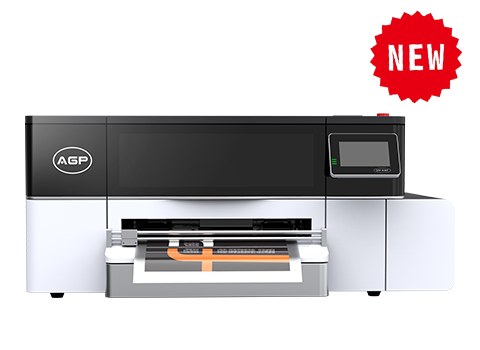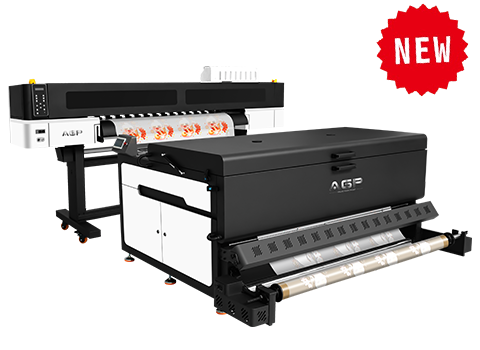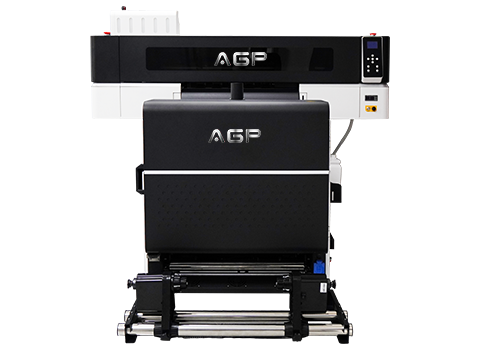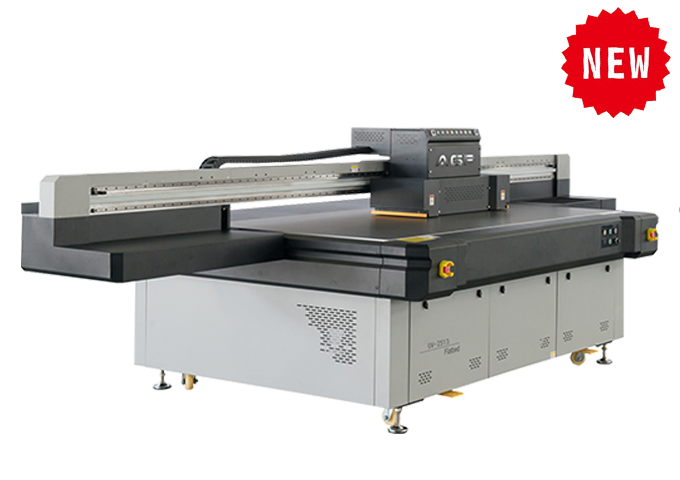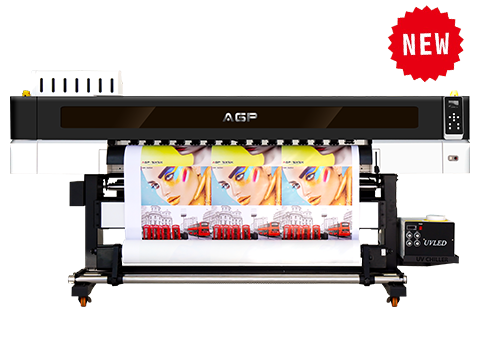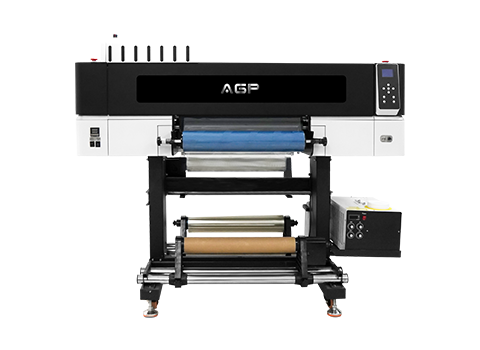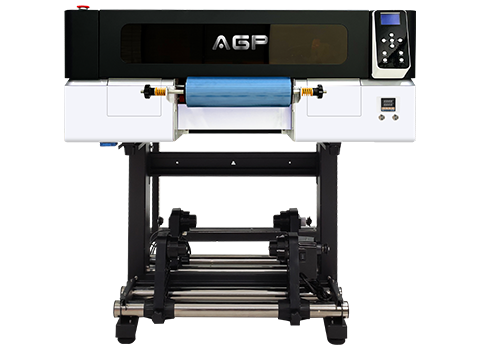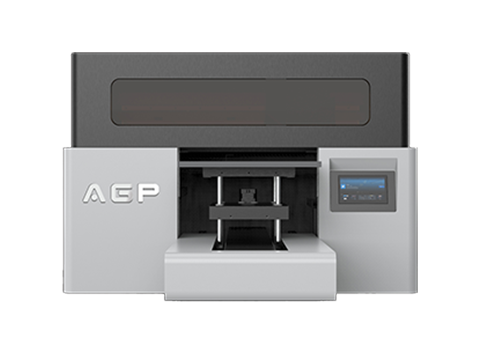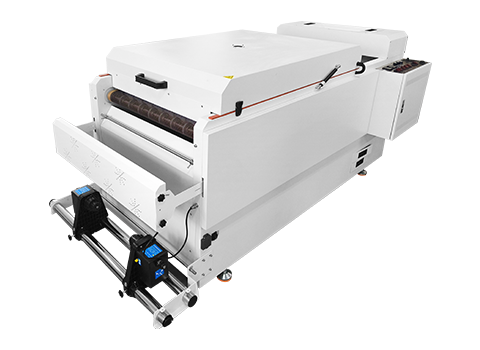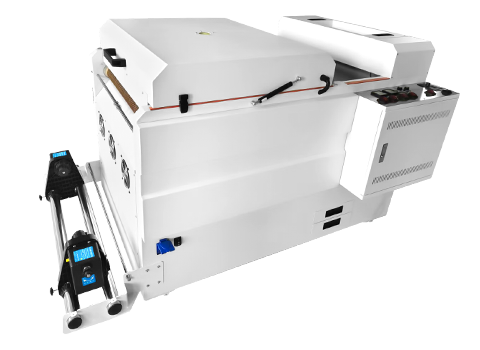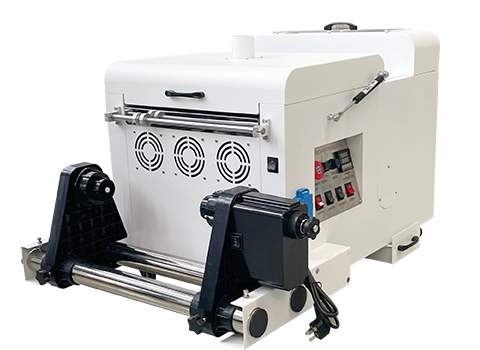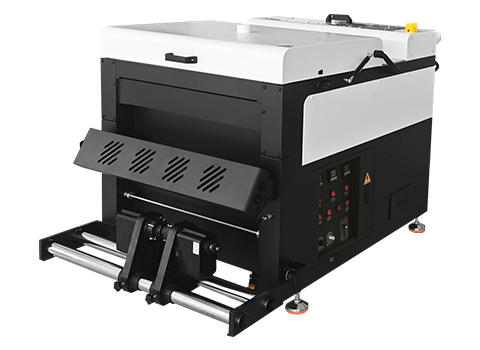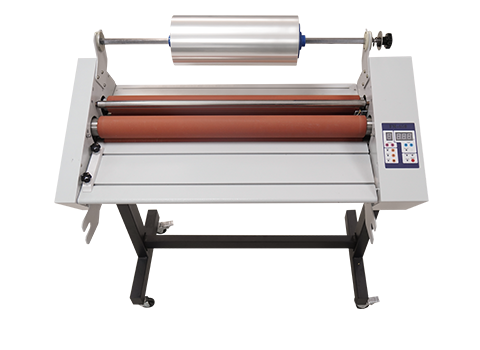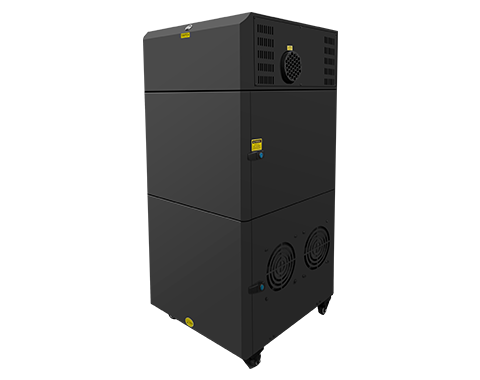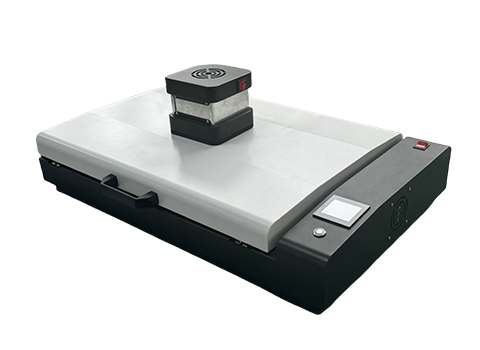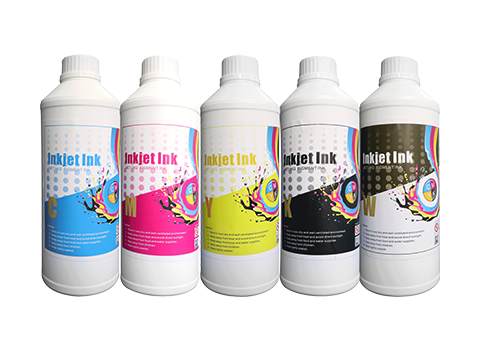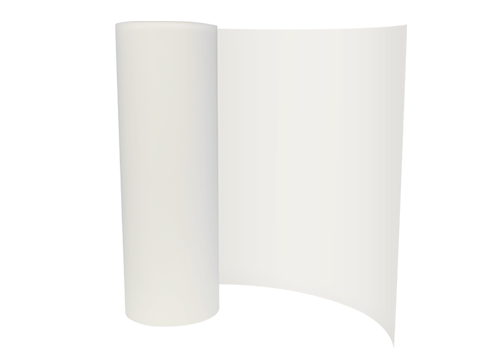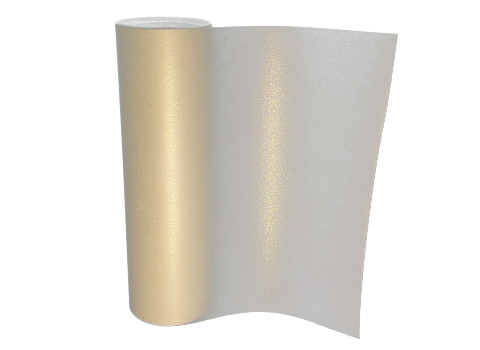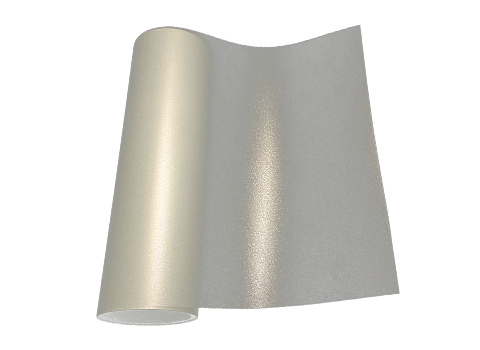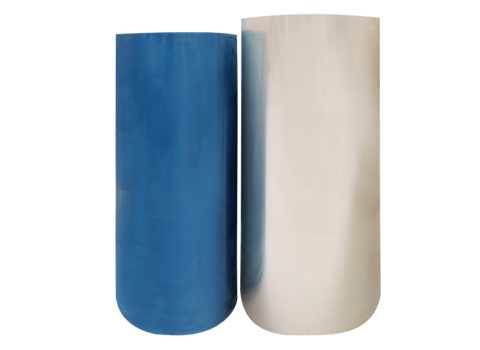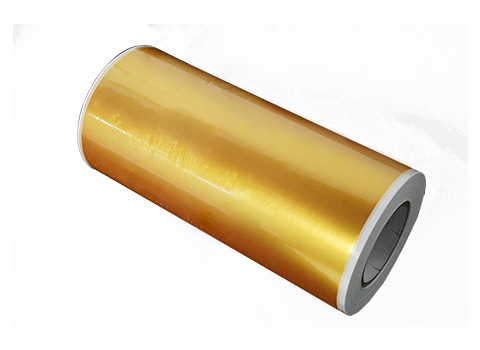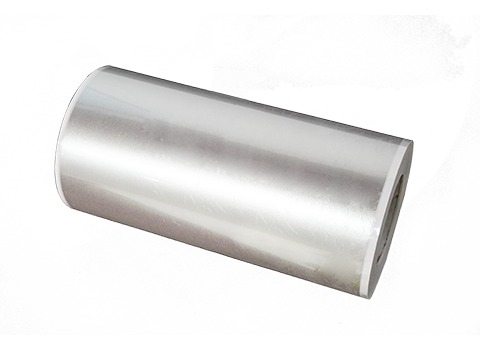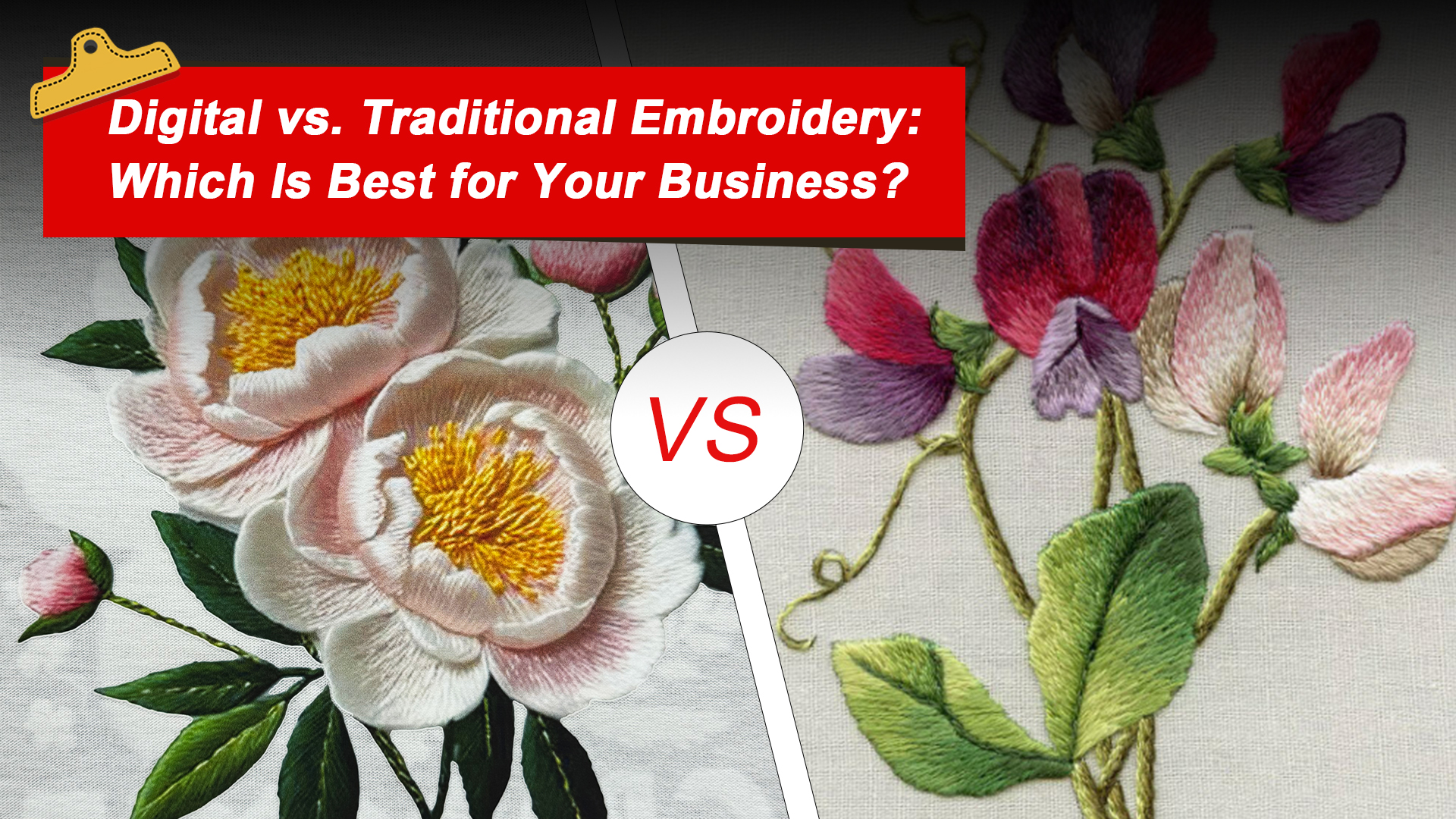Digital vs. Traditional Embroidery: Which Is Best for Your Business?
The world of custom fabric printing and embroidery is constantly evolving, with businesses continually seeking the latest technology to meet consumer demands. Among the most exciting advancements are digital embroidery printing solutions such as UV DTF printers, which are revolutionizing the way embroidery designs are transferred to fabrics. In contrast, traditional embroidery machines have long been the go-to for adding intricate designs to textiles. In this article, we will delve into the differences between digital embroidery printing and traditional embroidery methods, with a focus on how UV DTF printers are revolutionizing the industry.
What is Digital Embroidery Printing?
This modern print technique involves the printing of art directly onto fabric using special DTF printers or UV DTF printers. Unlike embroidery, which needs threads and needles to create designs on clothes, digital printing uses ink; hence, this alternative is better suited for intricate designs. UV DTF printers are gaining popularity because they bring the added capability of printing rich, detailed designs on light-colored and dark fabrics alike-without the limitations of thread-based embroidery.
What is Traditional Embroidery?
Traditional embroidery machines involve stitching designs onto fabrics using thread and needles, creating textured, raised designs. It is a labor-intensive method often used for logos, monograms, and simple patterns. Although it offers excellent durability, traditional embroidery can be slower and less cost-effective for larger or more complex designs. Embroidery machines are still widely used in industries that prioritize the tactile, premium feel of raised thread designs, but they are beginning to lose ground to the more versatile digital embroidery methods.
Key Differences Between Digital Embroidery Printing and Traditional Embroidery
1. Design Complexity
Digital embroidery printing, especially using UV DTF printers, allows for more intricate and detailed designs that would be nearly impossible or incredibly time-consuming with traditional methods. UV DTF printers can print multi-colored images, photos, and gradients with precision. Traditional embroidery machines, on the other hand, are limited by the number of thread colors and cannot reproduce highly detailed images or subtle color gradients.
2. Speed and Efficiency
When it comes to speed, digital printing has the clear advantage. A UV DTF printer can transfer designs onto fabric quickly, even with complex patterns, without the need for labor-intensive setup or thread changes. Traditional embroidery machines, however, require more setup time and are slower, especially for detailed designs. For businesses that need fast turnarounds, digital embroidery printing offers a competitive edge.
3. Durability and Quality
Both digital embroidery and traditional embroidery provide durability, but they do so in different ways. In the matter of resistance, traditional embroidery would naturally be more resistant to wear and tear, considering the durability of the threads. This method is best suited for heavyweight items, such as workwear and uniforms. UV DTF printers produce extremely durable digital prints. The ink will not fade over time, nor does it crack or peel off, especially if it has been applied correctly. DTF printing offers better color vibrancy than traditional embroidery. This is especially relevant for detailed or photo-realistic designs.
4. Cost
In matters of cost, digital printing in embroidery is usually less costly upfront, especially for small runs. UV DTF printers have significantly lowered the costs of materials, not needing thread or special embroidery equipment. Traditional embroidery machines may have higher initial costs due to the complexity associated with thread handling and setting up the machines, especially for multi-thread designs.
5. Texture and Aesthetic
One of the standout features of traditional embroidery is its tactile texture. Raised thread designs offer a premium, luxurious feel that many customers associate with high-end fashion or corporate branding. Digital printing, especially with UV DTF printers, offers a smooth, vibrant finish without the raised texture of traditional embroidery. While UV DTF printing can’t replicate the 3D texture, it offers a modern aesthetic with precise detailing and stunning color saturation that is hard to achieve with embroidery alone.
Why DTF Printing is Gaining Popularity DTF printing, particularly using UV DTF printers, is rapidly changing the way businesses approach textile printing. One of the key reasons for its popularity is its ability to print on a wider range of materials—such as cotton, polyester, leather, and even unconventional materials like acrylic and glass. The UV curing process makes prints more durable, long-lasting, and vibrant, which is ideal for custom apparel printing. Besides, UV DTF printers are more environmentally friendly than the classical embroidery machines, as they operate with water-based inks and exclude any threads or excessive fabric preparation. This contributes to DTF printing being considerably quicker compared to traditional embroidery machines and thus lets businesses scale more quickly without compromising quality.
Digital Embroidery Printing or Traditional Embroidery: Which One is Right for You?
The choice between digital embroidery printing using a UV DTF printer and the use of traditional embroidery machines depends upon individual needs. Go for UV DTF printing if your need includes high-speed production, intricate designs, and radiant color prints. But if you want a more organic feel and a thread-raised premium look, traditional embroidery machines may still be the best choice for you.
Conclusion
UV DTF printing is revolutionizing the textile industry by providing businesses with faster, more efficient, and cost-effective ways to create stunning, custom designs. The advantages of digital embroidery printing are clear—especially for intricate and high-quality designs. While traditional embroidery still holds value in certain industries, UV DTF printers are shaping the future of custom printing, offering flexibility, durability, and efficiency.
Whether you are considering an entirely new digital printing process or looking to upgrade your current embroidery process, a UV DTF printer is just what your business needs.

